-
 Bitcoin
Bitcoin $106,754.6083
1.33% -
 Ethereum
Ethereum $2,625.8249
3.80% -
 Tether USDt
Tether USDt $1.0001
-0.03% -
 XRP
XRP $2.1891
1.67% -
 BNB
BNB $654.5220
0.66% -
 Solana
Solana $156.9428
7.28% -
 USDC
USDC $0.9998
0.00% -
 Dogecoin
Dogecoin $0.1780
1.14% -
 TRON
TRON $0.2706
-0.16% -
 Cardano
Cardano $0.6470
2.77% -
 Hyperliquid
Hyperliquid $44.6467
10.24% -
 Sui
Sui $3.1128
3.86% -
 Bitcoin Cash
Bitcoin Cash $455.7646
3.00% -
 Chainlink
Chainlink $13.6858
4.08% -
 UNUS SED LEO
UNUS SED LEO $9.2682
0.21% -
 Avalanche
Avalanche $19.7433
3.79% -
 Stellar
Stellar $0.2616
1.64% -
 Toncoin
Toncoin $3.0222
2.19% -
 Shiba Inu
Shiba Inu $0.0...01220
1.49% -
 Hedera
Hedera $0.1580
2.75% -
 Litecoin
Litecoin $87.4964
2.29% -
 Polkadot
Polkadot $3.8958
3.05% -
 Ethena USDe
Ethena USDe $1.0000
-0.04% -
 Monero
Monero $317.2263
0.26% -
 Bitget Token
Bitget Token $4.5985
1.68% -
 Dai
Dai $0.9999
0.00% -
 Pepe
Pepe $0.0...01140
2.44% -
 Uniswap
Uniswap $7.6065
5.29% -
 Pi
Pi $0.6042
-2.00% -
 Aave
Aave $289.6343
6.02%
What is the total amount of Bitcoin?
Bitcoin's fixed supply of 21 million, hardcoded into its protocol, creates scarcity, a key driver of its value. Mining continues until around 2140, with halving events reducing new coin creation. Lost coins further reduce the circulating supply.
Mar 06, 2025 at 11:00 pm
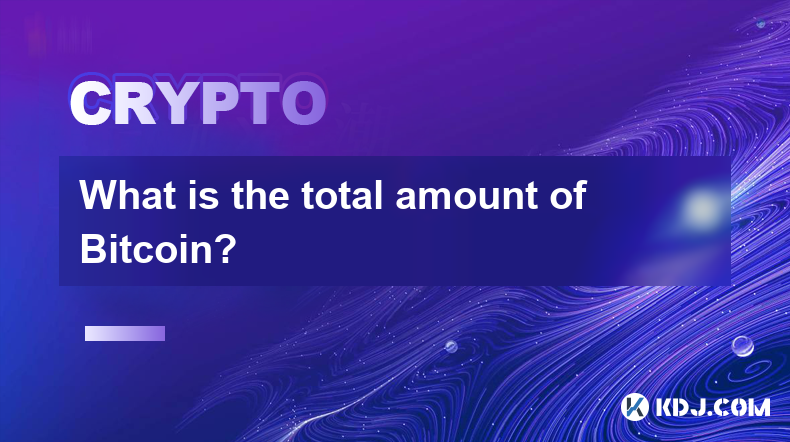
Key Points:
- Bitcoin's total supply is capped at 21 million coins.
- This limit is hardcoded into the Bitcoin protocol.
- The scarcity of Bitcoin is a key factor driving its value.
- Mining new Bitcoins follows a predetermined halving schedule.
- The last Bitcoin is not expected to be mined until around the year 2140.
- There are also lost or inaccessible Bitcoins, reducing the circulating supply.
What is the total amount of Bitcoin?
The total amount of Bitcoin that will ever exist is a fixed number: 21 million. This isn't an arbitrary figure; it's a fundamental parameter built into the Bitcoin code itself. This hard cap on the total supply is a crucial element of Bitcoin's design, differentiating it from many other cryptocurrencies and traditional fiat currencies. The scarcity of Bitcoin is a significant factor in its value proposition.
How is the 21 million Bitcoin limit achieved?
The 21 million Bitcoin limit is reached through a process called "mining." Miners use powerful computers to solve complex mathematical problems, and the first miner to solve the problem gets to add a block of transactions to the blockchain and is rewarded with newly minted Bitcoins. The number of Bitcoins awarded per block decreases over time according to a pre-programmed halving schedule.
What is the Bitcoin halving schedule?
Approximately every four years, the reward for mining a block of Bitcoin transactions is halved. This halving event reduces the rate at which new Bitcoins enter circulation. This halving schedule ensures a gradual decrease in the rate of new Bitcoin creation, ultimately leading to the 21 million coin limit. The first halving occurred in 2012, the second in 2016, the third in 2020, and the next is anticipated around 2024.
When will all Bitcoin be mined?
The final Bitcoin is not expected to be mined until approximately the year 2140. This is a long-term projection based on the current halving schedule and the assumption that the Bitcoin network continues to operate as designed. It's important to note that various factors, such as changes in mining hardware or network activity, could slightly alter this timeline. However, the overall trajectory remains consistent with the 21 million limit.
What about lost or inaccessible Bitcoin?
A significant portion of the Bitcoin already mined may be considered "lost" or inaccessible. This can be due to several factors including forgotten passwords, lost hardware wallets, or deceased owners. These lost Bitcoins are effectively removed from circulation, further contributing to the scarcity of Bitcoin and potentially impacting its overall market dynamics. Estimating the precise amount of lost Bitcoin is challenging, but it's a factor that influences the effectively circulating supply.
Is the 21 million Bitcoin limit fixed and unchangeable?
Yes, the 21 million Bitcoin limit is a fundamental and unchangeable aspect of the Bitcoin protocol. It's deeply ingrained in the code, and altering this parameter would require a consensus among the vast majority of Bitcoin miners and nodes, which is highly improbable. The immutability of this limit is a key element of Bitcoin's security and its appeal as a decentralized and scarce digital asset.
Does the 21 million limit guarantee Bitcoin's value?
The 21 million limit is a significant factor in Bitcoin's value proposition, contributing to its scarcity. However, it does not guarantee its value. The market price of Bitcoin is influenced by numerous factors including supply and demand, market sentiment, regulatory developments, and technological advancements. While scarcity is a positive factor, other factors play a significant role in determining the price.
Could more Bitcoin be created in the future?
No, the Bitcoin protocol prevents the creation of more than 21 million Bitcoin. Any attempts to circumvent this limit would violate the core principles of the Bitcoin network and would be rejected by the vast majority of nodes. The immutability of the 21 million limit is a cornerstone of Bitcoin's security and decentralized nature.
What happens after all Bitcoin is mined?
Once all 21 million Bitcoin are mined, the only way to obtain Bitcoin will be through buying it from existing holders or receiving it as a payment. Miners will continue to process transactions and secure the network, earning transaction fees instead of newly minted Bitcoin. Transaction fees will become the primary incentive for miners to continue operating the network.
Frequently Asked Questions:
Q: What is the current circulating supply of Bitcoin?
A: The current circulating supply is slightly below 21 million, with some Bitcoins lost or inaccessible. The precise number fluctuates slightly and can be tracked on various cryptocurrency data websites.
Q: Will the Bitcoin halving affect the price?
A: Historically, Bitcoin halvings have been followed by periods of price increase, though this is not guaranteed. The halving reduces the supply of new Bitcoin entering the market, potentially creating scarcity and influencing demand. However, other market factors can also impact price movements.
Q: Can I mine Bitcoin at home?
A: While technically possible, mining Bitcoin at home is generally unprofitable for individuals due to the high energy costs and competition from large-scale mining operations.
Q: Is Bitcoin truly scarce?
A: Bitcoin's scarcity is a relative concept. While its total supply is limited, other factors like lost coins and the possibility of alternative cryptocurrencies need to be considered when discussing scarcity in a broader context.
Disclaimer:info@kdj.com
The information provided is not trading advice. kdj.com does not assume any responsibility for any investments made based on the information provided in this article. Cryptocurrencies are highly volatile and it is highly recommended that you invest with caution after thorough research!
If you believe that the content used on this website infringes your copyright, please contact us immediately (info@kdj.com) and we will delete it promptly.
- 2025-W Uncirculated American Gold Eagle and Dr. Vera Rubin Quarter Mark New Products
- 2025-06-13 06:25:13
- Ruvi AI (RVU) Leverages Blockchain and Artificial Intelligence to Disrupt Marketing, Entertainment, and Finance
- 2025-06-13 07:05:12
- H100 Group AB Raises 101 Million SEK (Approximately $10.6 Million) to Bolster Bitcoin Reserves
- 2025-06-13 06:25:13
- Galaxy Digital CEO Mike Novogratz Says Bitcoin Will Replace Gold and Go to $1,000,000
- 2025-06-13 06:45:13
- Trust Wallet Token (TWT) Price Drops 5.7% as RWA Integration Plans Ignite Excitement
- 2025-06-13 06:45:13
- Ethereum (ETH) Is in the Second Phase of a Three-Stage Market Cycle
- 2025-06-13 07:25:13
Related knowledge
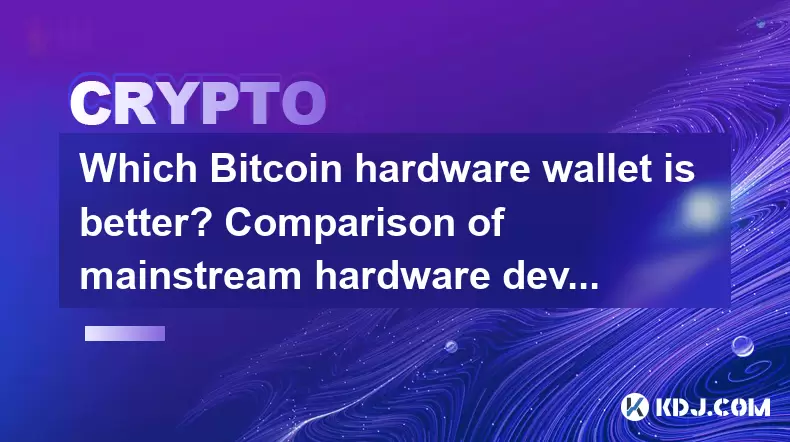
Which Bitcoin hardware wallet is better? Comparison of mainstream hardware devices
Jun 16,2025 at 02:08am
What Is a Bitcoin Hardware Wallet?A Bitcoin hardware wallet is a physical device designed to securely store the private keys associated with your cryptocurrency holdings. Unlike software wallets, which are more vulnerable to online threats, hardware wallets keep private keys offline, significantly reducing the risk of unauthorized access. These devices ...
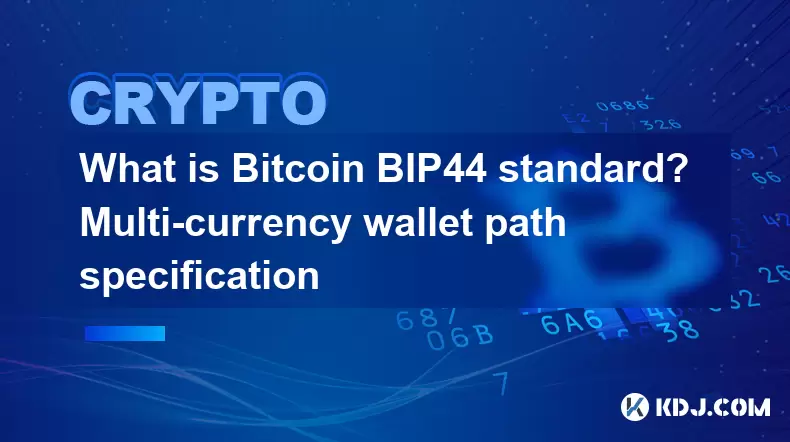
What is Bitcoin BIP44 standard? Multi-currency wallet path specification
Jun 15,2025 at 04:08pm
Understanding the BIP44 Standard in Bitcoin and CryptocurrencyThe BIP44 standard, which stands for Bitcoin Improvement Proposal 44, is a widely adopted hierarchical deterministic wallet structure used across various cryptocurrencies. It defines a structured path format that enables wallets to support multiple currencies while maintaining consistency and...

What is Bitcoin HD wallet? Advantages of layered deterministic wallets
Jun 16,2025 at 03:56pm
Understanding Bitcoin HD WalletsA Bitcoin HD wallet, or Hierarchical Deterministic wallet, is a type of cryptocurrency wallet that generates multiple keys and addresses from a single seed phrase. Unlike traditional wallets that create random private keys for each transaction, an HD wallet follows a structured hierarchy to derive keys in a deterministic ...
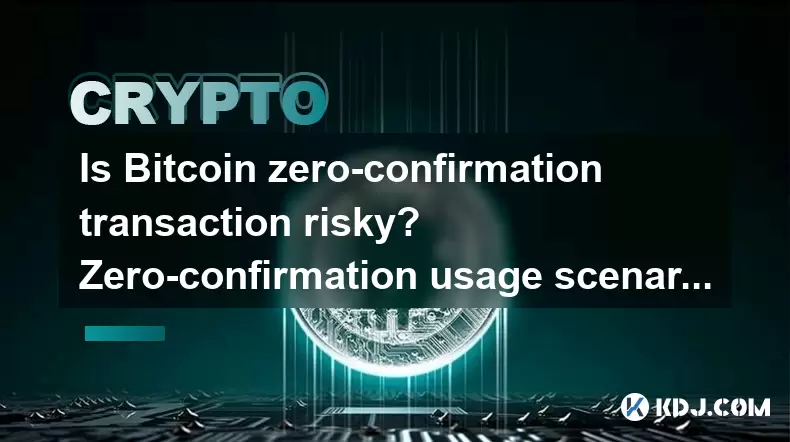
Is Bitcoin zero-confirmation transaction risky? Zero-confirmation usage scenarios
Jun 15,2025 at 03:57am
Understanding Zero-Confirmation Transactions in BitcoinBitcoin zero-confirmation transactions, often referred to as 'unconfirmed transactions,' are those that have been broadcast to the network but have not yet been included in a block. This means they have not received any confirmations from miners. While these transactions can be useful in certain con...
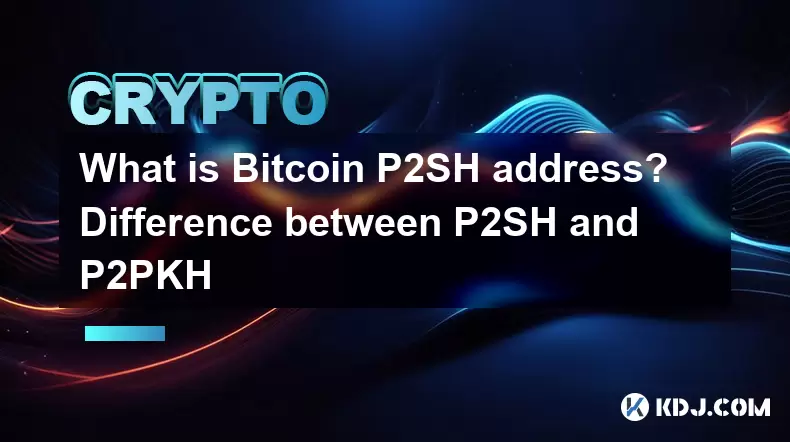
What is Bitcoin P2SH address? Difference between P2SH and P2PKH
Jun 16,2025 at 09:49pm
Understanding Bitcoin P2SH AddressesA Pay-to-Script-Hash (P2SH) address in the Bitcoin network is a type of address that allows users to send funds to a script hash rather than directly to a public key hash, as seen in earlier address formats. This innovation was introduced through BIP 16, enhancing flexibility and enabling more complex transaction type...
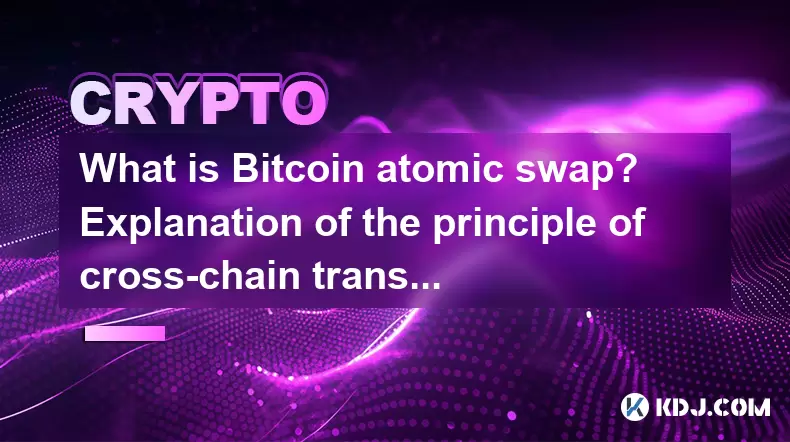
What is Bitcoin atomic swap? Explanation of the principle of cross-chain transactions
Jun 15,2025 at 03:49pm
Understanding Bitcoin Atomic SwapsBitcoin atomic swaps refer to a peer-to-peer exchange mechanism that enables the direct swapping of cryptocurrencies across different blockchains without relying on centralized exchanges or third-party intermediaries. This technology is especially relevant for users who wish to trade Bitcoin (BTC) with other blockchain-...

Which Bitcoin hardware wallet is better? Comparison of mainstream hardware devices
Jun 16,2025 at 02:08am
What Is a Bitcoin Hardware Wallet?A Bitcoin hardware wallet is a physical device designed to securely store the private keys associated with your cryptocurrency holdings. Unlike software wallets, which are more vulnerable to online threats, hardware wallets keep private keys offline, significantly reducing the risk of unauthorized access. These devices ...

What is Bitcoin BIP44 standard? Multi-currency wallet path specification
Jun 15,2025 at 04:08pm
Understanding the BIP44 Standard in Bitcoin and CryptocurrencyThe BIP44 standard, which stands for Bitcoin Improvement Proposal 44, is a widely adopted hierarchical deterministic wallet structure used across various cryptocurrencies. It defines a structured path format that enables wallets to support multiple currencies while maintaining consistency and...

What is Bitcoin HD wallet? Advantages of layered deterministic wallets
Jun 16,2025 at 03:56pm
Understanding Bitcoin HD WalletsA Bitcoin HD wallet, or Hierarchical Deterministic wallet, is a type of cryptocurrency wallet that generates multiple keys and addresses from a single seed phrase. Unlike traditional wallets that create random private keys for each transaction, an HD wallet follows a structured hierarchy to derive keys in a deterministic ...

Is Bitcoin zero-confirmation transaction risky? Zero-confirmation usage scenarios
Jun 15,2025 at 03:57am
Understanding Zero-Confirmation Transactions in BitcoinBitcoin zero-confirmation transactions, often referred to as 'unconfirmed transactions,' are those that have been broadcast to the network but have not yet been included in a block. This means they have not received any confirmations from miners. While these transactions can be useful in certain con...

What is Bitcoin P2SH address? Difference between P2SH and P2PKH
Jun 16,2025 at 09:49pm
Understanding Bitcoin P2SH AddressesA Pay-to-Script-Hash (P2SH) address in the Bitcoin network is a type of address that allows users to send funds to a script hash rather than directly to a public key hash, as seen in earlier address formats. This innovation was introduced through BIP 16, enhancing flexibility and enabling more complex transaction type...

What is Bitcoin atomic swap? Explanation of the principle of cross-chain transactions
Jun 15,2025 at 03:49pm
Understanding Bitcoin Atomic SwapsBitcoin atomic swaps refer to a peer-to-peer exchange mechanism that enables the direct swapping of cryptocurrencies across different blockchains without relying on centralized exchanges or third-party intermediaries. This technology is especially relevant for users who wish to trade Bitcoin (BTC) with other blockchain-...
See all articles

























































































